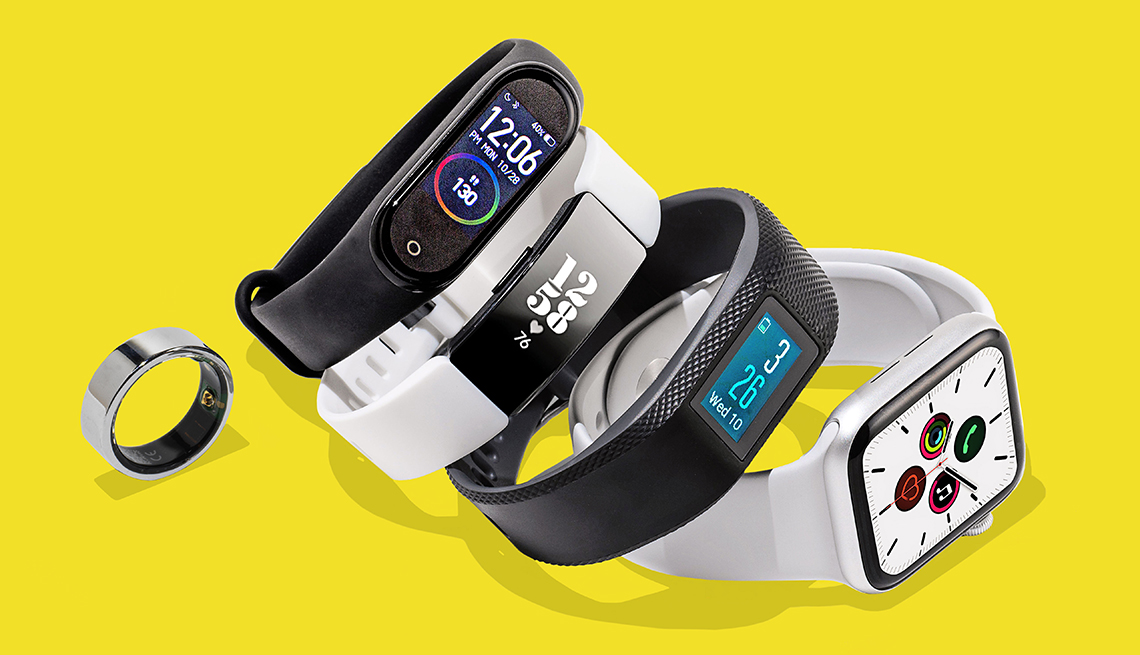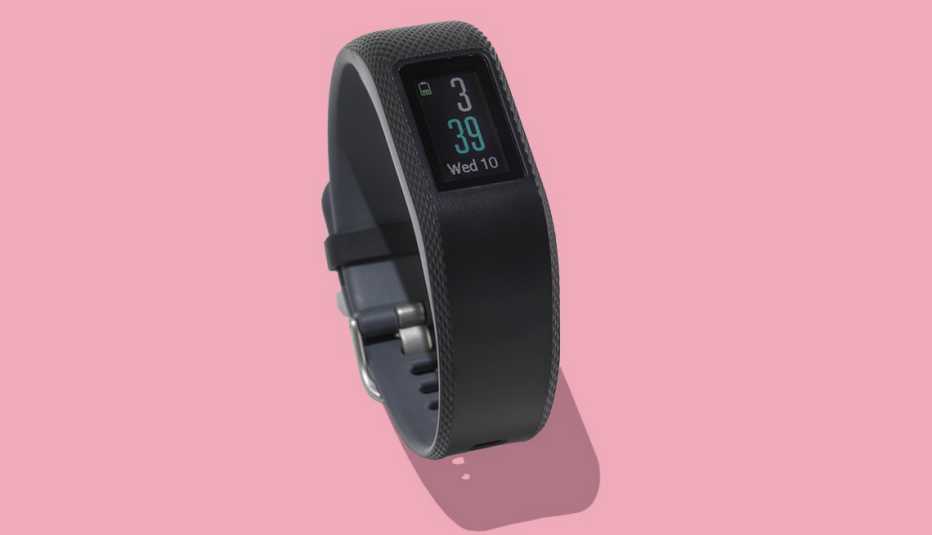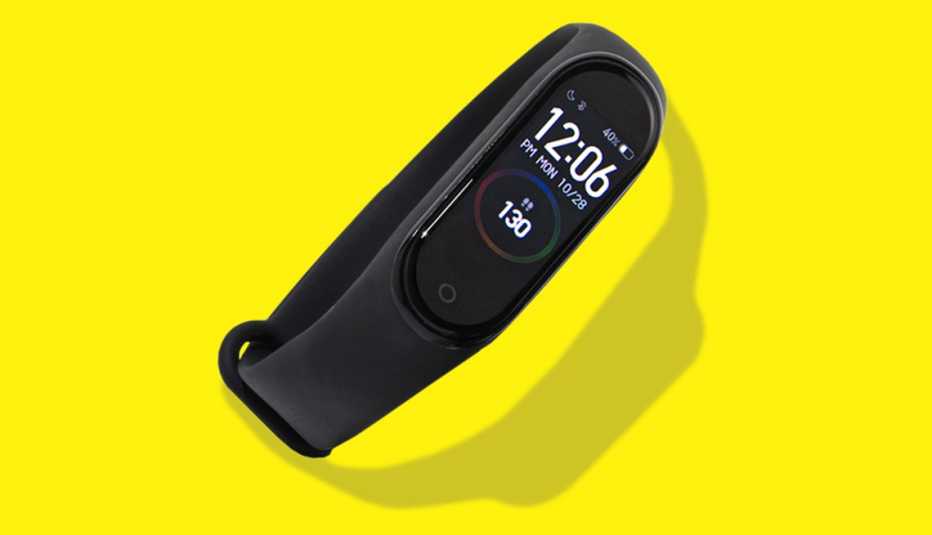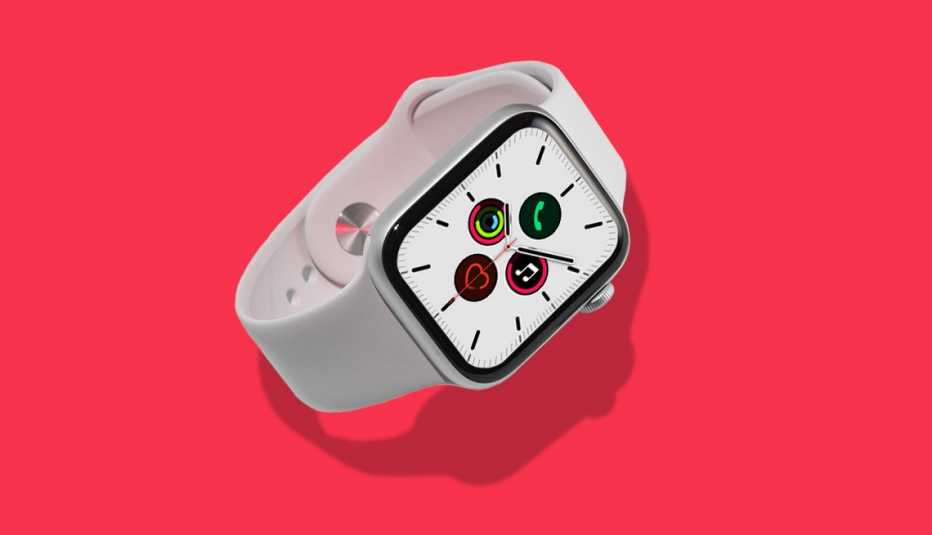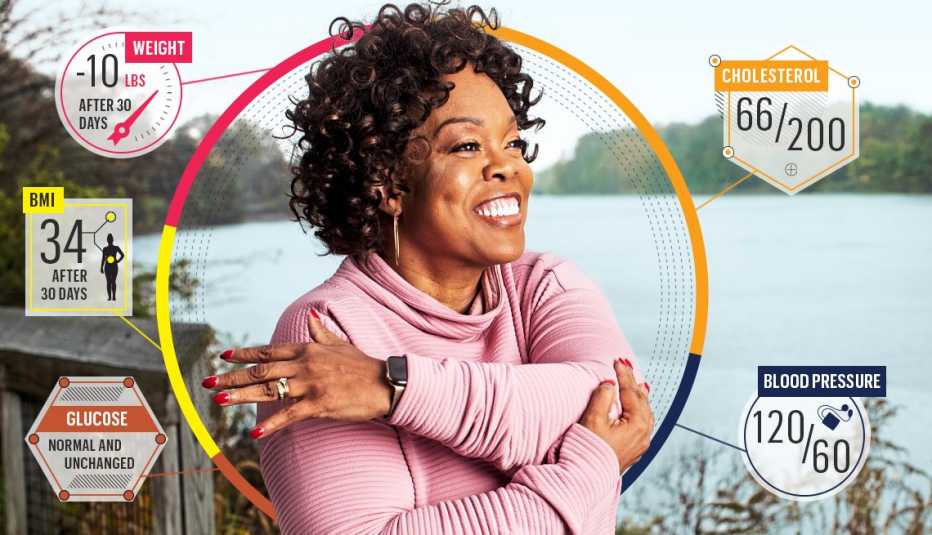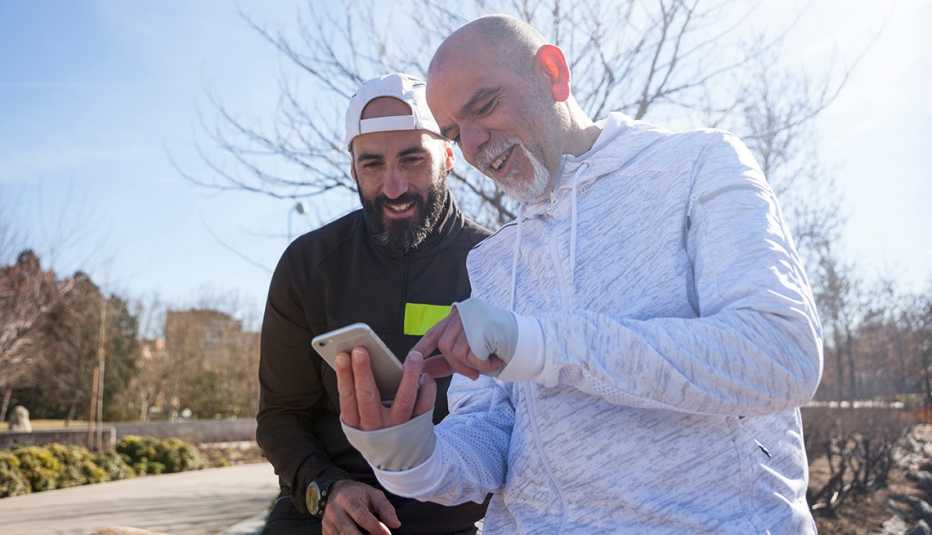Staying Fit
Activity trackers, or fitness bands, left the fad stage a long time ago. Today they're a global business. Part of the appeal is their apparent simplicity: Just wear one like you'd wear a watch, sync it with your smartphone, and go. The electronic device will count your steps, estimate the calories you burn, track your sleep habits and provide reams of other data about your health and fitness. For older Americans, this can be beneficial; maintaining healthy activity levels becomes increasingly important as we age. We had five people over 50 try out an activity tracker for a month. Here's how the device's reports, reminders and alerts affected them.
OURA SMART RING


AARP Membership— $12 for your first year when you sign up for Automatic Renewal
Get instant access to members-only products and hundreds of discounts, a free second membership, and a subscription to AARP the Magazine.
What it does: You wear it as a ring on your finger, so it doesn't need to replace your watch.

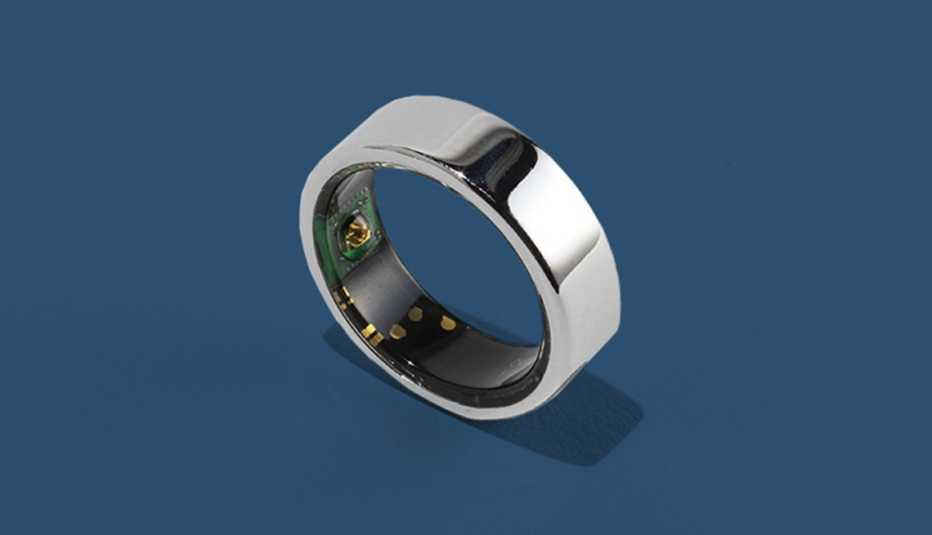
Cost: $300 and up
"Time to stretch your legs a bit?"
It's one thing to have your well-meaning significant other gently urge you to pull your lazy butt out of the recliner, into a pair of cross-trainers and out of the house to get even a small amount of exercise. It's another thing for an inanimate object to nag you about your naturally sedentary nature.
Yet after a month of wearing an Oura Fitness ring to track fitness and sleep, I don't mind its five gentle goads. For one thing, they're easier to dismiss than the sometimes not-too-gentle nudges from a determined companion.
"You're halfway to your activity goal. Great progress!"
After a few days, I began yearning to receive Oura's pop-up messages on my phone (they also work with a smart watch), since it meant that even my casual stroll to a local shop and back registered as exercise. Suddenly I found myself less resistant — more motivated, actually — to go pick up a half-gallon of milk or fresh loaf of bread knowing that those thousands of steps were burning calories. And knowing how many calories I was burning made it easier for me to rationalize dessert.
"You've reached your activity goal. Great work!"
After a month, I was eagerly anticipating the device's inanimate encouragement. Not only did I become more eager to stretch my legs, but my long-legged walks have become extra brisk, to the point of impatience with slower strollers.
"Weekly report: Tap to view the key insights on your past week's readiness, sleep and activity."
I now find myself in a healthy competition with myself, frequently and proudly checking my daily and weekly stats, hoping to top my previous calorie-burning totals, as well as improve my heart rate and sleep results, which it also measures. I still don't like to “exercise,” but receiving documented proof of how active I am makes me feel healthier.
– Stewart Wolpin, 64
FITBIT INSPIRE HR
What it does: Tracks fitness and sleep and sends periodic reminders to get moving


Cost: $100
It talks and I respond
When I was in my 40s, living in Vermont and struggling through another bleak winter, my therapist suggested I propel myself outdoors and walk first thing every morning. “The only exception would be a full-blown blizzard,” she said in her no-nonsense voice. I took her stern advice, and it worked. My mood and energy perked up, and I was hooked on walking. For the next two decades, most of those years back in my native New York City, I began each day outdoors for at least an hour.



























































